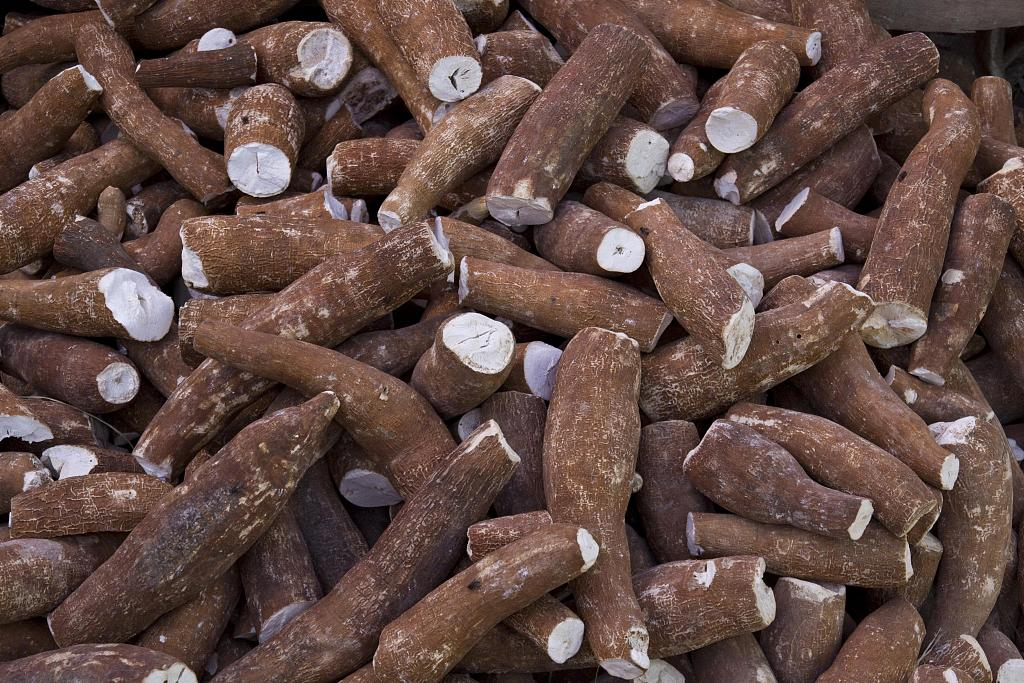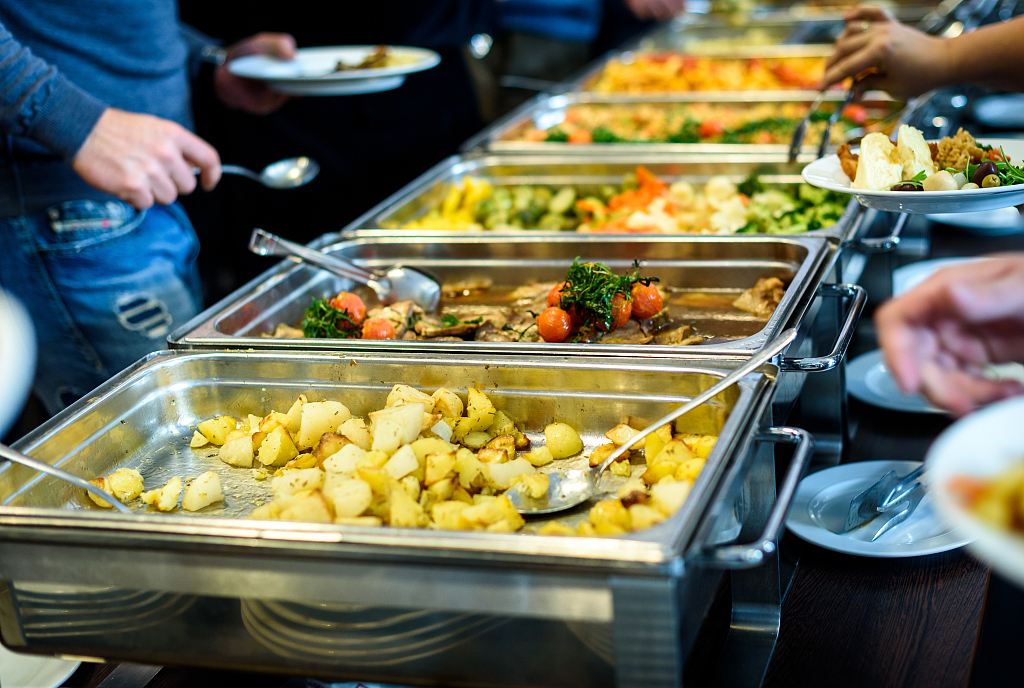
Nearly 14 percent of the world's food is lost before it even reaches supermarkets and restaurants, according to the United Nations 2019 State of Food and Agriculture (FOA) report released on Monday.
The report highlights where and why food is lost at different stages of the food supply chain, including on-farm activities, storage and transportation.
An earlier, widely-cited figure estimated about a third of the world's food – about 1.3 billion tons – was lost or wasted annually, but that was a rough figure including estimates for losses along the whole supply chain, including the retail level, according to the FAO.
Central and southern Asia reported the highest food loss at between 20 and 21 percent, followed by North America and Europe at 15 and 16 percent, while Australia and New Zealand recorded the least food loss at between five and six percent.
Reducing food loss on farms and supply chains
The findings show that fruits and vegetables, especially roots and tubers, are exceptionally susceptible to on-farm food loss due to storage facilities and poor handling. Packaging and transportation also appear to be critical.
The report urged countries to step up efforts to tackle the root causes of food loss and waste at all stages. "Interventions early in the food supply chain are more effective while trimming waste at the consumer and retail level are the best strategy for reducing greenhouse gas emissions," said Máximo Torero Cullen, Assistant Director-General, Economic and Social Development Department.

Cassava, a staple for most African countries, is the most perishable of roots and tubers and can deteriorate within two or three days after harvesting. /VCG photo
Cassava, a staple for most African countries, is the most perishable of roots and tubers and can deteriorate within two or three days after harvesting. /VCG photo
It highlighted a worrying trend that food losses often occur in places where hunger is more prevalent. Some losses are easier to address than others. Making air-conditioned storage available in rural locations without proper roads or electricity would take time, but others might only require small adjustments, Torero Cullen said.
For example, a Bill Gates-backed startup in California, Apeel Sciences, has created a transparent, edible coating that can keep food much fresher for longer by slowing water loss and oxidation – the factors that cause spoilage. According to the company, it can effectively double or triple the shelve lives of even sensitive strawberries and avocados, allaying pressures on transporting produce as quickly as possible.
Reducing food waste at the consumer level
At the retail level, where loss officially becomes waste, according to the UN definition, a staggering amount of food is wasted, especially in medium- and high-income nations, "due largely to poor household management skills in wealthier countries and to energy and storage inadequacies in poorer countries," said Torero Cullen. "Estimates for food waste range from a few percentage points to as high as one third, depending on the country."
China, with its rapid economic growth, is one of them. According to a report published last year, Chinese consumers wasted roughly 17 to 18 million tons of food served in big cities (Beijing, Shanghai, Chengdu, and Lhasa) in 2015, reported China Daily. And vegetables top the list of food waste and account for as much as 29 percent of the total.

A buffet at a restaurant where huge amounts of food are wasted daily. /VCG photo
A buffet at a restaurant where huge amounts of food are wasted daily. /VCG photo
"I see so much food being wasted at restaurants. Take the famous Sichuan boiled fish (shui zhu yu in Chinese) as an example. People just eat the fish, and there's still a lot in the pot that remains uneaten – bean sprouts, noodles, veggies, etc.," lamented Elise Mak, a Beijing resident, to CGTN. She added that restaurants should start "promoting the culture of taking leftover home. Restaurants should start charging for food waste. Be conscious [of ] how much food you're ordering."
Over in Helsinki, Finland, a restaurant is solving food waste at the consumer level by selling "ugly" food at its restaurant. Founded in early 2016, LOOP restaurant takes surplus or expiring food from supermarkets and sells it at its restaurant. The menu changes every day, depending on the food they manage to salvage.
The global demand for food is forecast to increase by 35-50 percent between 2012 and 2050 as a result of population and income growth. At the same time, climate change is threatening to upend agriculture in some parts of the world, making the issue of food security even more pressing.
And Torero Cullen said: "There's a lot of work to do, yet also a lot of collateral benefits to harvest."
(With input from Reuters and China Daily.)
(Cover image via VCG photo)